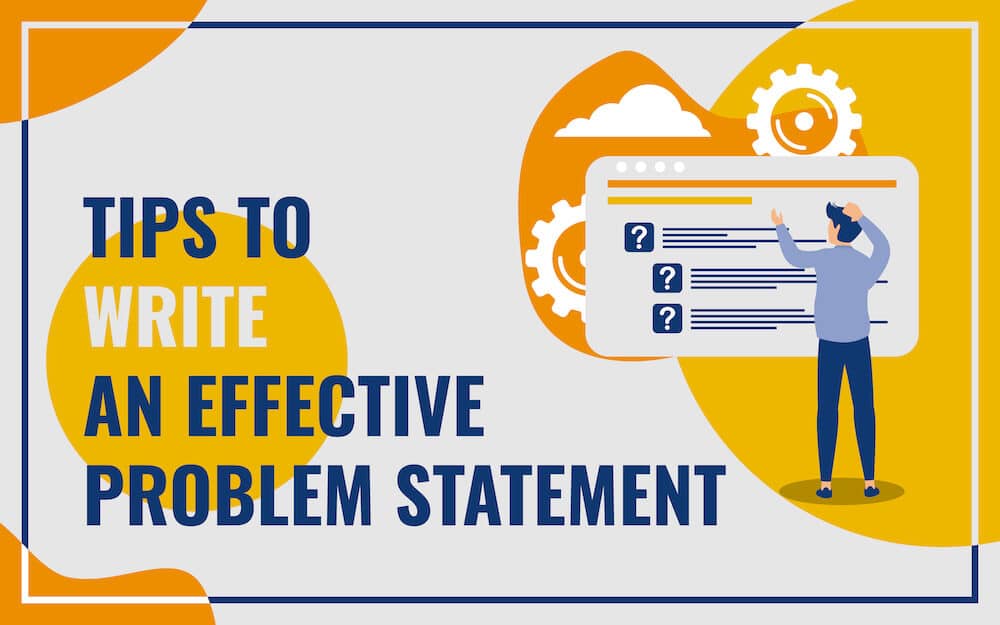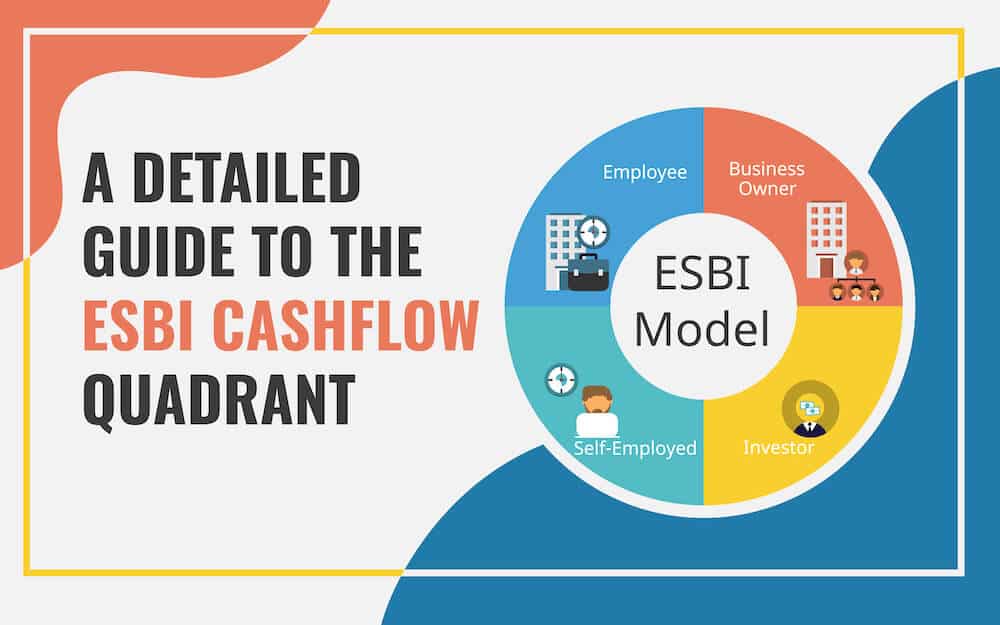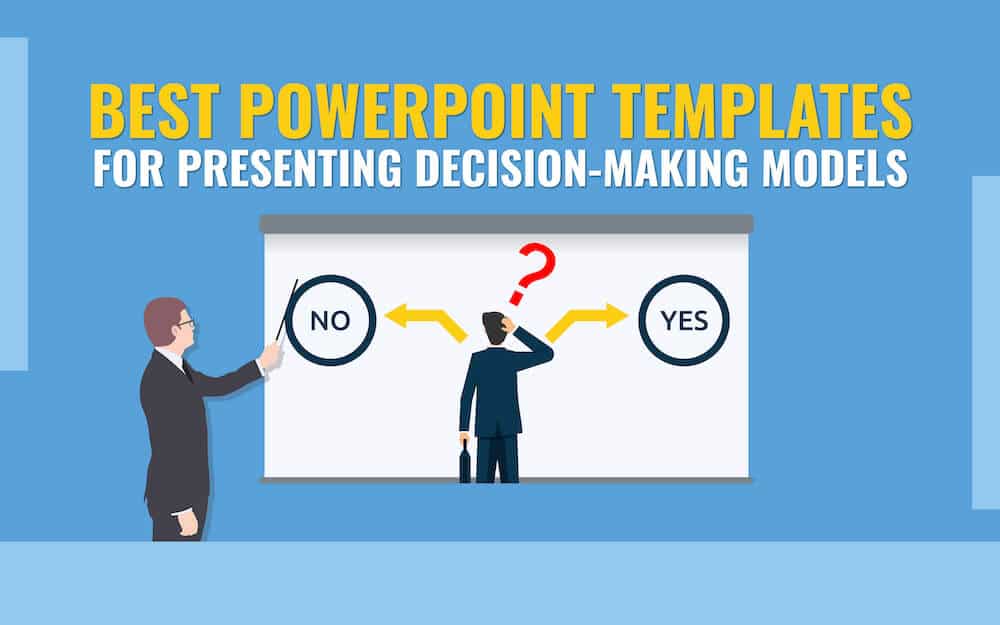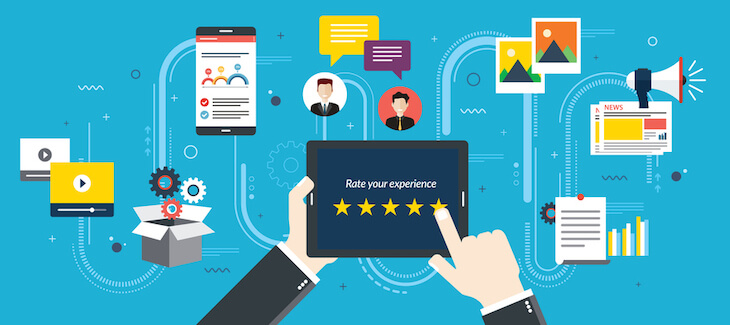
Gone are the days when marketers used to craft customer loyalty and reward programs to influence the purchasing decision of customers through incentives and keep them committed to the brand. Nowadays, these programs have lost their effectiveness as advancement in technology has changed the way customers interact with the products and make buying decisions. Today’s customers are smarter and more empowered. They focus on a consistent and optimized experience rather than incentives. Thus, how well you fulfill the requirements and create a compelling experience for your existing and potential customers through your brand has become the determining factor for the success of your business.
In this blog post, we have discussed how you can prepare and execute a customer success strategy. We have also provided some engaging presentation templates to help you communicate effectively. Let’s delve deep!
Importance of Embracing the Customer Success Program
A thoughtful investment in customer success program will provide you several benefits in the long-run, such as:
1. Increases Loyalty to Your Brand
A single bad experience will make your customers switch the brand quickly. On the other hand, a positive experience will increase their engagement with your products and services, thereby winning their commitment and loyalty. Once customers develop an emotional relationship with your brand, they won’t mind paying more money for the better experience and have a 300% higher customer lifetime value.
2. Increases Revenue
According to a study, organizations that give priority to customer experience (CX) have loyal customers who tend to make five times more repeat purchases, thus generating 60% higher revenue than competitors.
3. Creates New Brand Ambassadors
The impact of excellent CX is far-reaching. Happy and satisfied customers serve as your brand ambassador and recommend your brand to people in their social networks with an intent to convert their knowns into your customers.
4. Reduces Churn Rate and Cost of Acquiring New Customers
Acquiring new customers and bringing them up to the level of the existing customers is 16 times more expensive. By providing impeccable customer experience and actively engaging them with your innovative and quality products and services, you can increase customer retention rate by 2%, which is equivalent to decreasing cost by 10%.
The Process of Setting Up a Customer Success Program
Step 1 – Know Your Customers
You will be able to offer relevant value propositions to customers only if you understand their requirements well. Gather information about:
- Who are your customers?
- What is their buying persona?
- What problems are they trying to solve?
- From whom they buy?
- Are they satisfied with the offerings of the current supplier?
You can carry out your own market research and surveys to get a 360-degree view of the potential customers. You can also conduct interviews with customers to learn about their expectations.
Useful Tip: You can use the Customer Analysis template to illustrate your findings and later discuss it with the stakeholders.
Step 2 – Know Your Products
Every product has a Unique Sales Proposition (USP) that gives customers a strong reason to buy it. A product may also have different USPs for different customers, depending on what they are looking for while making the final purchase decision.
Find the answers to these questions to know your product better:
- What makes your product different from competitor’s products?
- How will your product solve the pain points of the customers?
- Why should customers choose your product over other options?
- Which aspect of the product customers dislikes the most?
Useful Tip: You can leverage the Product Analysis template to represent your findings and later discuss it with the team.
Step 3 – Analyze the Available Metrics
You can figure out how well your products are serving to customers by taking a look at the following metrics:
- Customer satisfaction scores – The satisfaction level of customers in various instances, such as the onboarding process, conversation with the customer support executive, at the moment of making the buying decision, etc.
- Customer retention cost – The cost a company incurs on retaining its existing customers and keeping them buying products of its brands.
- Average lifetime value – The average revenue generated by a customer throughout their lifespan as a customer. It encourages organizations to shift their focus to strengthening customer relationships rather than making quarterly profits.
- Net Promoter Score – A measure of customer loyalty to a brand.
- Churn Rate – The percentage of customers who stop buying your products during a given timeframe.
- Annual revenue – The amount of money made by selling a product in a given year after deducting expenses or costs.
Step 4 – Create a Plan
Now, you have complete knowledge of your customers, products, and key metrics. Leveraging this information, identify the gaps, and prepare a plan to connect the dots. Find the answers to the following questions and craft a strategy accordingly:
- Who will be involved in the customer success program of your company?
- Who will be doing what, and who will report to whom?
- What will be the KPIs (upsell and cross-sell attempts, number of proactive outreaches per day, etc.) to measure the success of the program?
- What will be the workflow of each activity?
- What will be the communication interval for proactive outreach?
Once you have crafted a well-structured strategy, you are all set to disseminate it to your team for implementation.
Step 5 – Communicate Your Plan to the Team and Execute it
The successful implementation of your plan requires strong coordination and active involvement of cross-teams. So, you must communicate your plan effectively to all those who are involved.
You can use the following pre-made and professionally-designed templates to illustrate your strategy in a visually appealing and comprehensible manner:
Customer Onboarding
Demonstrate the complete onboarding process to your team through this template.
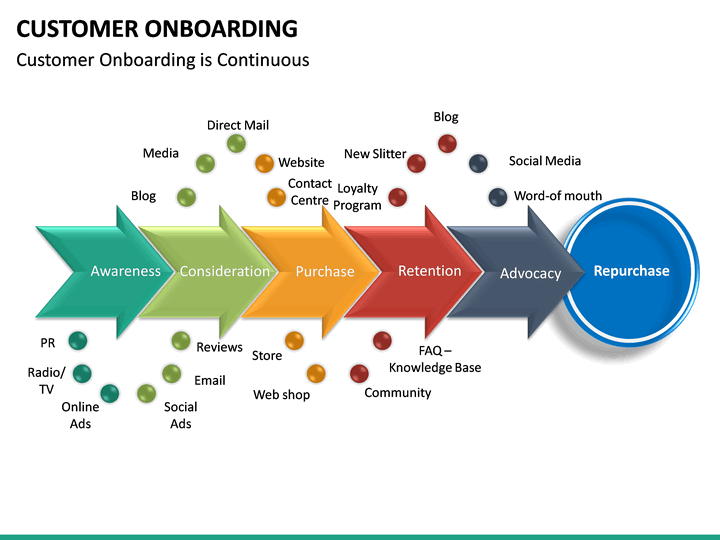
Customer Success
This stunning template will help you explain all the key ingredients required for achieving customer success. The best part of this deck is, you can easily customize it in line with your business objectives.
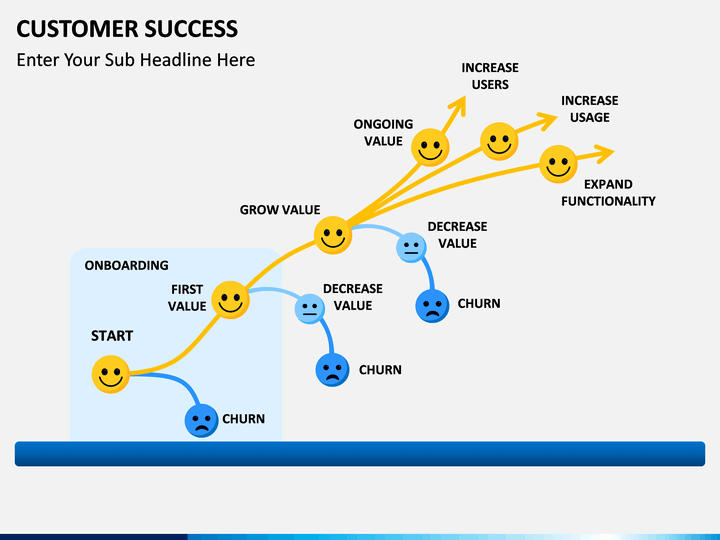
Customer Journey
A well-curated collection of editable slides beautifully portraying different aspects of customer journey such as touchpoints, acquisition, lifecycle, engagement, and experience.
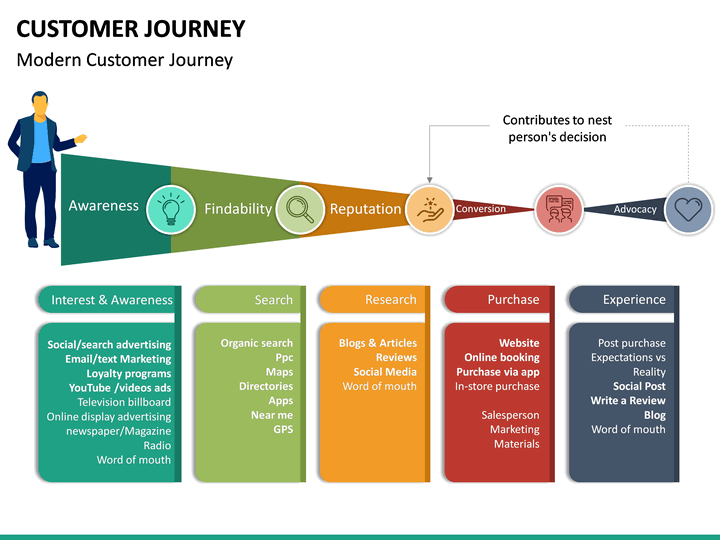
You can also make use of Customer Satisfaction and Loyalty, Customer Service, Customer Centricity, and other templates to convey your message with sheer excellence.
Step 6 – Monitor the Progress
Evaluate the progress of the program to ensure that it is meeting the set goals. As customers’ needs and expectations keep evolving, periodic monitoring will help you make the required changes in the program proactively and stay ahead of the competition.
The Bottom Line
Customers are king, so all your marketing and business activities must be customer-centric. By having a well-structured customer success plan in place, you can nurture them aptly, meet their expectations, and deliver delightful experiences. One point that you must consider is that all customers are not the same; hence, one success program won’t work effectively in all cases. Thus, keep your strategy dynamic so that you can mold it easily when required.
Hope you find this blog post insightful. Do share it through Facebook and Twitter. Tell us your thoughts in the “Comment” section.
